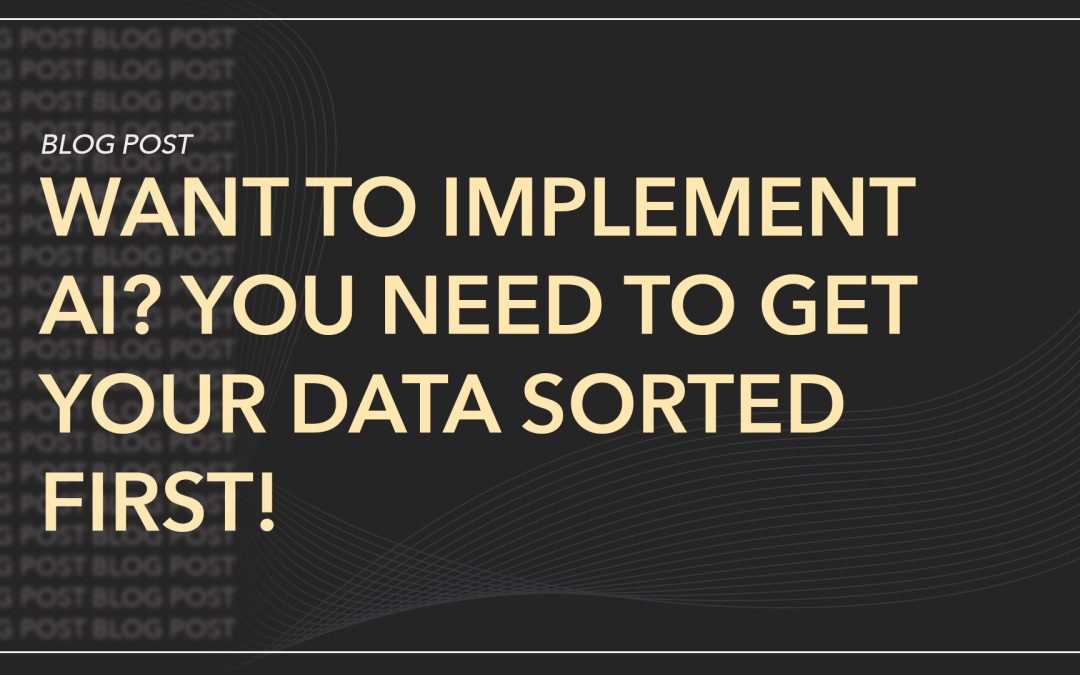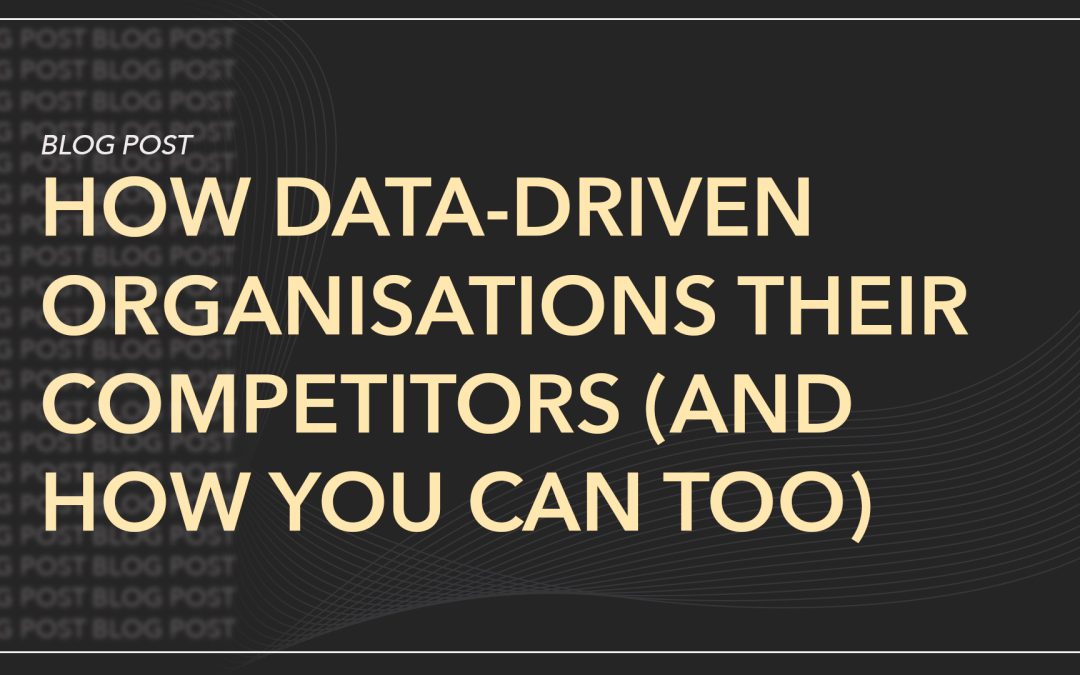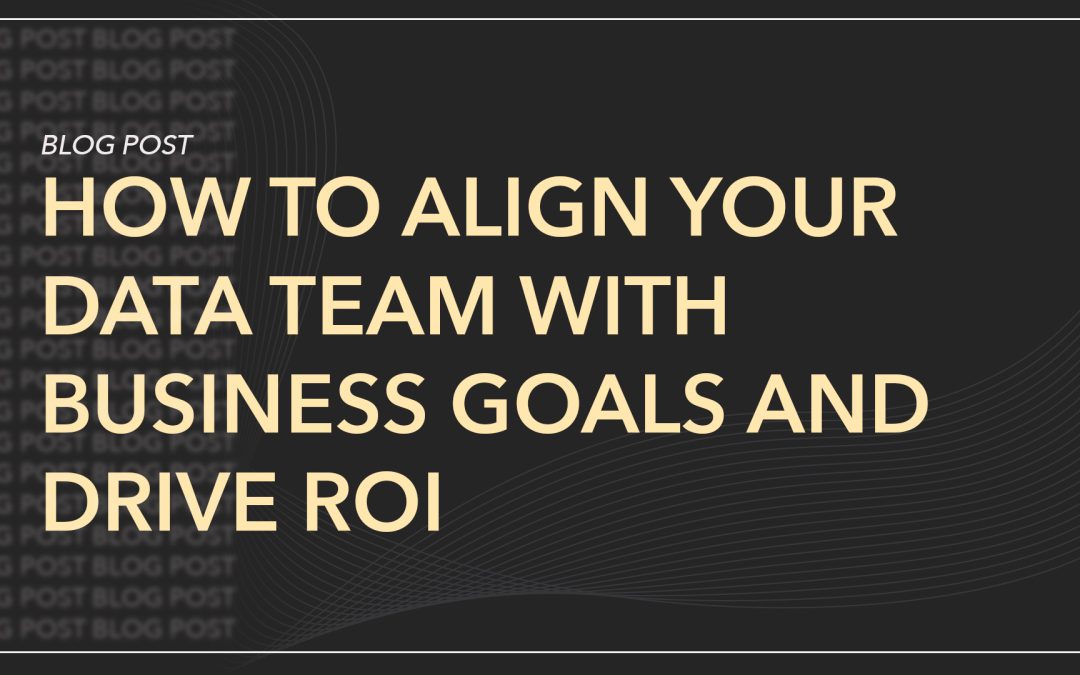
Before You Invest in AI Here’s the 5 Signs Your Data Foundation Isn’t Ready Yet
Everyone is talking about AI transformation and AI implementation – but not everyone is actually ready for it.
Across financial services, manufacturing, and beyond, leaders are under pressure to ‘do something with AI.’
Yet, behind the scenes, most organisations are still wrestling with data silos, legacy systems, and unclear strategies that make AI progress nearly impossible.
Here’s the truth:
AI isn’t magic. It’s powered by data.
And if your data isn’t reliable, integrated, or aligned with your business goals, no algorithm or LLM will deliver the results you are looking for.
Before you invest in AI, make sure your data foundation is ready.
Here are the 5 red flags that could derail your AI ambitions and what to do about them.
1. Your Data Lives in Silos
If your organisation’s data is scattered across multiple systems, departments, or spreadsheets, you’re not alone.
Many organisations have grown through acquisitions, departmental tools, or outdated infrastructure – leaving data fragmented and disconnected.
The problem?
AI depends on content. When data is siloed, it’s impossible for models to see the full picture – whether it’s customer behaviour, operational performance, or financial health.
What readiness looks like: unified data sources, shared data standards, and architecture that makes information acccessible across the whole business.
If your teams cant access unified, reliable data – neither can your AI.
2. Your Data Quality is Questionable (or Unknown)
You’ve probably heard the term ‘rubbish in, rubbish out.’
AI can only learn from what it’s given, so poor data quality equals poor results. Yet many organisations don’t even know how trustworthy their data is.
Duplicated records, inconsistent formats, missing values – these silent killers can undermine the most sophisticated AI models.
AI-ready organisations invest in data validation, governance, and lineage tracking to build trust in their insight.
AI doesn’t need more data – it needs better data.
3. You Don’t Have a Clear Data Strategy
If your data strategy lives in a PowerPoint, Word Document or written on a piece of a paper at the bottom of your drawer, it’s time to rethink it.
AI success isn’t about experimentation for its own sake. You need to align AI initiatives with business outcomes. Without a clear strategy, organisations end up chasing use cases that don’t drive value or can’t scale.
AI-ready organisations treat data as a strategic asset – connecting data capture, storage and usage directly to business objectives.
AI should serve your strategy, not replace it.
4. Your Data Infrastructure Can’t Scale
Many organisations still rely on legacy and outdated systems that weren’t built for the speed and scale AI requires.
Data pipelines break. Reporting is manual. Change takes weeks instead of hours.
That’s not an AI foundation. It’s friction.
Modern, cloud-based infrastructure enables scalable data flows, near-real-time insights, and rapid AI experimentation. It also helps control costs while maintaining flexibility as business needs evolve.
AI-ready organisations build data ecosystems designed for agility, not maintenance.
If your data infrastructure can’t keep up today, it won’t power AI tomorrow.
5. Your Teams Aren’t Data-Confident
AI adoption is a technical challenge, obviously. But it is a cultural one too.
Even the smartest algorithms fail if the people using them don’t understand or trust the data.
When teams lack data literacy or confidence, insights don’t translate into action and innovation stalls.
AI-ready organisations invest in visualisation, training, and empowerment. They make data accessible and understandable for every. From the top down.
Data confidence builds AI confidence.
Getting Ready the Right Way
Building an AI-ready foundation isn’t about ripping everything up and starting again.
It’s about understanding where you are today, identifying gaps, and taking practical steps towards data maturity.
At Engaging Data, we help organisations like yours turn data complexity into clarity. Laying the groundwork for AI that actually drives innovation, efficiency, and growth.
Take our 2-minute quiz to discover your AI Readiness Score
See how prepared your organisation really is to harness AI for innovation, efficiency, and growth.
Answer 7 quick questions. No data uploads, no technical jargon. Just real insights to show where you stand on your journey to AI-driven business value











